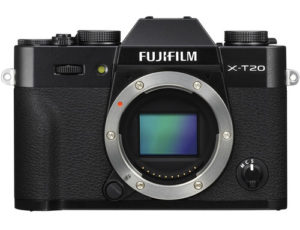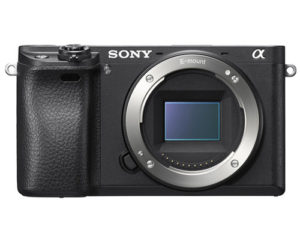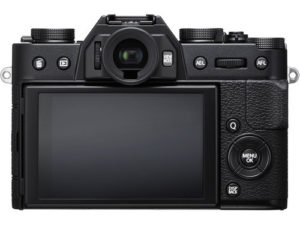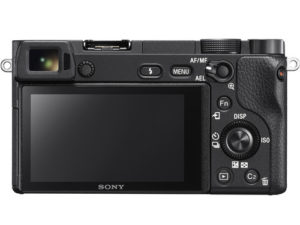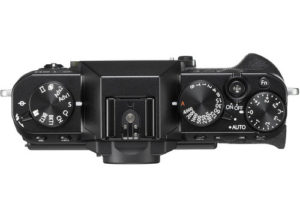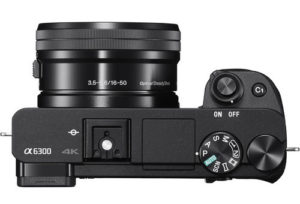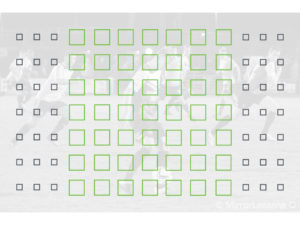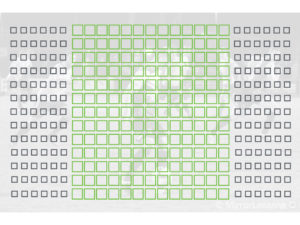As of early 2017, there are three mirrorless APS-C models that best balance the latest advanced features and affordability: the brand new Fujifilm X-T20 and the Sony a6300 / a6500.
The a6300, released in early 2016, was followed only a few months later by the a6500. Barring a few features such as 5-axis stabilisation and a touch sensitive screen, the two Sony cameras are almost identical in terms of their specifications.
The X-T20, on the other hand, was announced just a few days ago and can be called a more budget-friendly, stripped-down version of the flagship X-T2, though to be fair, it actually cherry-picks most of the flagship camera’s best assets.
Since these models possess many similar characteristics, including a 24MP APS-C sized sensor with excellent dynamic range and a maximum ISO of 51200, an advanced hybrid autofocus system and 4K video capabilities, we’ve decided to investigate all the main differences to help you figure out which one best suits your needs.
Important: Since there are very few significant differences between the Sony a6300 and a6500, we’ve opted to compare them both to the Fujifilm X-T20 within the same article. The main reference will be the a6300 since it is similarly priced to the X-T20. Any important differences between the a6300 and a6500 will be cited where relevant. If you are interested in knowing all the differences between the two Sony models, you can visit our full comparison here.
Ethics statement: The information supplied in this article is based on the official specifications found on the Fujifilm and Sony websites and our personal experience with X series / E-mount cameras. If we get the chance to test the two cameras side-by-side, we will publish a full comparison. We were not asked to write anything about these cameras, nor were we provided any compensation of any kind. Within the article, there are affiliate links. If you decided to buy something after clicking the link, we will receive a small commission. To know more about our ethics, you can visit our full disclosure page. Thank you!
1. SLR vs. rangefinder body
It is difficult to turn a blind eye to the difference in physical appearance between the X-T20 and a6300.
Like its high-end sibling, X-T20 sports an SLR-esque design with an OLED electronic viewfinder placed at the centre of its body. It measures 118.4 x 82.8 x 41.4mm and weighs 383g, which isn’t far off the size and weight of the a6300 (120 x 66.9 x 48.8mm and 404g).
The a6300, on the other hand, features a rangefinder type body with the electronic viewfinder placed to the left and a slightly more prominent grip. This explains the extra height of the X-T20 and the extra depth of the Sony camera.
Both have a 3-inch LCD screen that tilts up 90 degrees and down 45 degrees, which is useful if you often shoot at awkward angles. However, only the X-T20’s is touch sensitive, meaning you can take a picture, choose the focus point, swipe through your images or adjust magnification in playback mode from the rear monitor.
Only the a6300 features dust and moisture resistance but both can be charged via USB and have a built-in pop-up flash.
About the a6500: The a6500 is actually a little larger and heavier than the a6300 due to its more prominent grip (120.0mm x 66.9mm x 53.3mm and 453g). Moreover, it was given a touch sensitive screen after users complained about the absence of touch sensitivity from the a6300. You can use it to change the focus point even when composing with the viewfinder and it works while recording movie clips as well.
2. External controls
Fujifilm cameras bear a strong resemblance to analog cameras because of the plethora of external dials and buttons found around the body. In the case of the X-T20, you can find the following: shutter speed, drive, exposure compensation and control dials, and seven function buttons. There is also a handy Focus Mode selector on the front. Having these external controls allows you immerse yourself in the shooting experience rather than spending your time fiddling with the settings in the menu.
The a6300 has noticeably fewer external controls. In fact, the only ones present are the PSAM dial on top, rear control wheel and control dial. However, you do get nine function buttons which somewhat makes up for the lack of dials.
3. Electronic viewfinder
In addition to being found in different positions on the body, some of the characteristics of their respective viewfinders also differ.
First of all, despite both viewfinders being 0.39-inch types with an OLED screen and 2,360K dots of resolution, the a6300’s actually has a higher magnification (0.70x vs. 0.62x).
Second, the a6300’s viewfinder lets you choose between a refresh rate of 50fps and 100fps (PAL mode) or 60fps and 120fps (NTSC) mode. On the X-T20, you are limited to 60fps.
4. Advanced hybrid AF system
The X-T20 has an advanced hybrid autofocus system with 91 autofocus points, 49 of which are phase detection points that cover 40% of the central sensor area. This 7×13 grid can be subdivided into a 13×25 grid for a total of 325 points.
It comes with the same AF-C Custom Settings found on the X-T2 which, to quote Fujifilm, allow you to “fine-tune how the camera reacts to the way the subject moves within the frame, how fast the subject moves and where in the frame the camera prioritises focus.”
To change the AF point, you can either use the four buttons on the arrow pad or tap the touch sensitive screen on the rear.
The a6300 has many more AF points than the X-T20 – 425 phase and 169 contrast detection to be exact – and they cover the entire surface of the sensor.
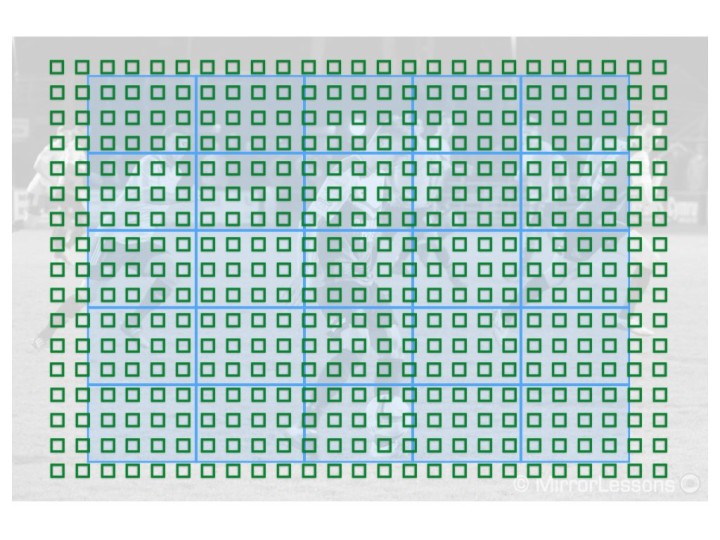
The camera sports an advanced 4D Focus hybrid autofocus system and high-density tracking AF that activates numerous points around a subject in order to track it more effectively. The quickest way to change the AF point is to press the centre button, then use the four buttons on the control wheel.
In our experience, both autofocus systems are equally effective for stills and video in S-AF and C-AF.
About the a6500: As we mentioned above, the a6500 was given touch capabilities, so you can choose the AF point by tapping the rear monitor.
5. Continuous shooting and shutter speeds
The a6300 has a slightly faster continuous shooting speed with the mechanical shutter (11fps vs. 8fps) but activating the electronic shutter on the X-T20 will give you a maximum speed of 14fps.
However, only the a6300 provides a real-time preview of your scene, otherwise known as live view, through the EVF and on the LCD up to 8fps. On the X-T20, it is capped at more modest speed of 5fps.
Finally, while the mechanical and electronic shutter speeds of the a6300 are limited to 1/4000s, the X-T20 can reach speeds of 1/8000s with the mechanical shutter or 1/32,000s with the electronic shutter.
About the a6500: The a6500 has a brand new high-durability shutter mechanism with a tested life span of around 200,000 release cycles. It promises to be quieter than that of the a6300, and to produce less shutter shock. It also has a larger buffer memory in comparison to the a6300 (44 vs. 233 Extra Fine JPGs).
6. Video capabilities
The X-T20 is the second 4K capable camera from Fujifilm following the X-T2. It supports 4K at 24, 25 and 30fps with a 100Mbps data rate and Full HD up to 60fps. Though it doesn’t come with the new F-Log video profile, which for now is only available on the X-T2 via HDMI, it can make full use of Fujifilm’s range of beautiful Film Simulation Modes for both stills and video.
The recording time in 4K tops out at 10 minutes or 15 minutes in Full HD. For 4K video, the camera doesn’t crop the sensor and doesn’t perform full pixel readout. As such the footage may lack some sharpness and show aliasing artefacts.
The 4K capabilities of the a6300 are nearly identical to those of the X-T20 (no sensor crop), though there are a few significant differences.
First, it offers full pixel readout at a native resolution of 6K. The video is then down-sampled to Ultra HD.
Second, regardless of whether you shoot in 4K or Full HD, the maximum recording time is 30 minutes.
Finally, there is a total of nine video picture profiles whose settings are partially inherited from Sony’s CineAlta cinema camcorders. They include black gamma, knee, colour depth, colour modes, gamma modes and S-log2 / S-log3 to record the widest dynamic range possible in-camera.
The a6300’s only handicap is that the body tends to overheat. It is still unknown whether the X-T20 will have a similar issue but it is unlikely as the X-T2 does not suffer.
Below you can find a 4K compilation video taken with the a6300:
Both cameras offer clean HDMI output with an 8-bit 4:2:2 colour space and come with a microphone jack which is 3.5mm on the a6300 and 2.5mm on the X-T20.
About the a6500: One improvement made to the a6500 body to control overheating is a new setting called Auto Pwr OFF Temp. When set to High, the camera extends the recording time even if the camera gets warm. Since it seems to be a software update, we can only hope that it will be introduced to the a6300 via firmware update in the future. The a6500 also comes with a handy mode that lets you extract 8MP stills from 4K video footage.
7. Slow motion capabilities
Continuing in the video vein, the a6300 can also record at up to 120fps (100fps in PAL format) in Full HD. In the normal movie mode, the camera records at 100mbps but it is necessary to conform the footage in post-production to produce the desired slow motion effect.
It also has a HFR (high frame rate) mode that lets you to record 4x/5x slow motion internally when the frame rate is set to 30p (25p) or 24p. However the bitrate is lower (16mbps).
By contrast, you won’t find a slow motion option for video on the X-T20.
About the a6500: Sony has expanded the HFR mode to include a brand new ‘Slow and Quick’ mode. With it enabled, it is possible to record down to 5x Slow Motion or up to 60x Quick Motion at up to 50Mbps in high-quality Full HD at frame rates from 1fps to 120fps. The video file can be saved at 24/25p/30p/50p or 60p, meaning you can review the result in-camera without having to conform the footage in post.
8. Menu system
Many users have complained about the confusing nature of the Sony menu system, which is fraught with cryptic naming and the illogical categorisation of certain features. Having used multiple Sony cameras ourselves over the past couple of years, we can confirm that it isn’t as user-friendly as it could be.
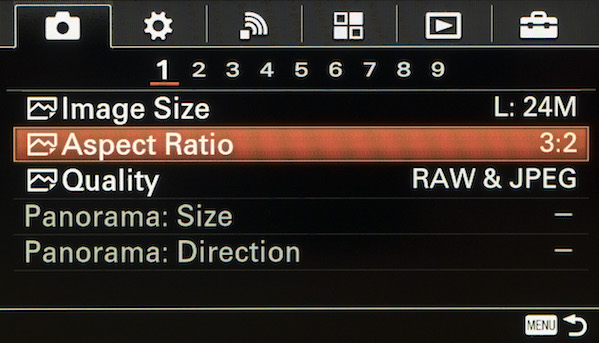
Fujifilm’s menu has always been less confusing, albeit with some room for improvement. This is why the design team recently took it upon themselves to redesign the menu system from the ground up and we can confirm that it is much improved. The interface is now clearly divided into logical sections, so that when you enter the menu, you can quickly access the settings you need.
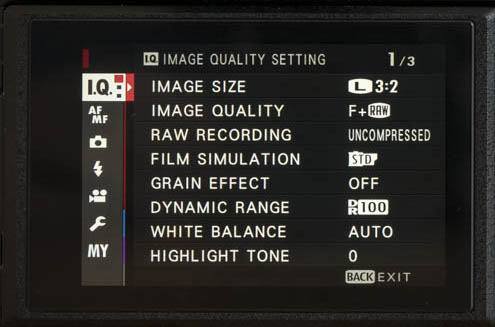
The fact that Fujifilm was able to drastically improve its menu system means that Sony could, and should, do the same with its future E-mount cameras.
About the a6500: Following the aforementioned complaints, Sony made a few small tweaks to the organisation of the menu system. However, it remains by and large the same as before.
9. Lens catalog
Since the X-Pro1 was released in 2012, Fujifilm has been producing numerous high quality primes and zooms for the X series, many of which are portable and some of which are very affordable such as the new line-up of f/2 primes. As of early 2017, there are 13 primes and 10 zooms, and many more are expected to arrive in the coming years.
Unfortunately for E-mount users, there hasn’t been a new native lens for the APS-C system since 2013 and many of the existing lenses (particularly the zooms) boast only mediocre quality. Instead, Sony has been pouring all its energy into producing high-end lenses for the full-frame system, and although both APS-C and full-frame cameras have the same E-mount, many full-frame lenses are too large for APS-C bodies. What’s more, with the exception of a few primes, they also tend to be quite expensive.
10. Price
The price isn’t one of the biggest differences between the X-T20 and a6300 but it is certainly something to consider if you’re on a tight budget.
For the body alone, the X-T20 will cost just under $900. It will also be available in a bundle with the XF 18-55mm for $1200 or the XC 16-50mm for $1000.
At the time of its release, the a6300 body was priced at $1000 (or $1150 with the 16-50mm kit lens) but you can now find it cheaper second-hand.
About the a6500: The a6500 is the most expensive of the three, priced at just under $1400 for the body alone. It is for this reason that the a6300 is a more logical competitor for the X-T20.
Bonus: Stabilisation system on the a6500
Up until now, we’ve been comparing the X-T20 to the a6300 rather than the a6500, not only because they sit within a similar price bracket but also because the a6300 and a6500 are almost identical in most major respects. There is, however, one very important feature the a6500 has that both the a6300 and X-T20 lack: 5-axis in-body stabilisation.
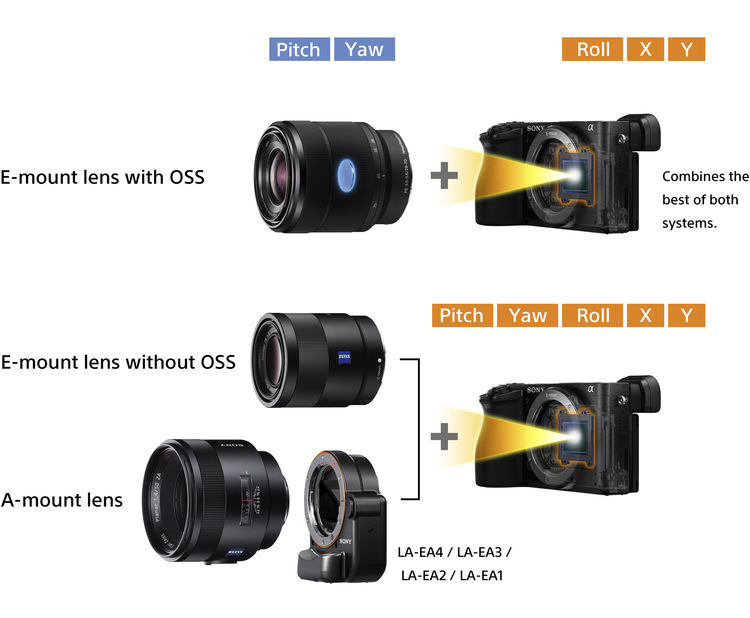
The a6500’s IBIS compensates for five types of camera shake and works for both still shooting and movie recording. You can use the camera at slow shutter speeds with minimal camera shake thanks to the gyro sensor, which compensates up to the equivalent of 5 steps.
The system is compatible with all E-mount lenses that transmit EXIF data. With optically stabilised E-mount lenses, the camera uses 3 axes on the sensor and 2 axes on the lens. With lenses that lack electronic contacts, you can still use 3 axes on the sensor, which is useful if you have a favourite manual focus lens you’d like to adapt to the camera.
To gain access to stabilisation with the X-T20 and a6300, you must use a lens with optical stabilisation. Thankfully, there is a good selection to choose from within both systems. One thing to note is that Sony incorporates OSS into several of its APS-C primes while you will only find OIS on Fujifilm zoom lenses.
Conclusion
Given that the Fujifilm X-T20 and Sony a6300 offer so many similar features, from their 24MP APS-C sensors to their hybrid autofocus systems, I admit that the choice is far from black and white. What I can say is that, despite both models having excellent 4K capabilities, the a6300 continues to cater more to a video-oriented audience than its competitor thanks to its many extra video-related features such as full pixel readout, various picture profiles, S-Log and slow motion. By the same token, the SLR-like design, external dials and beautiful Film Simulation Modes are evidence that the X-T20 remains a still photography product at heart.
As for the Sony a6500, it only makes sense to invest that extra $400 if you feel you can benefit from the built-in stabilisation, either because you have manual focus lenses you’d like to adapt or because you often work in difficult light conditions with lenses that lack optical stabilisation. Everything else it has to offer, including the touchscreen, slow/quick motion video and more prominent grip, is just gravy.
Check price of the Fujifilm X-T20 on
Amazon | Amazon UK | eBay | B&H Photo
Check price of the Sony a6300 on
Amazon | Amazon UK | eBay | B&H Photo
Check price of the Sony a6500 on
Amazon | Amazon UK | B&H Photo | eBay
Second-hand Fujifilm cameras on
Second-hand Sony cameras on
You may also like:
- Fujifilm X-T10 vs X-T20 (preview)
- Sony a6300 vs a6500 (preview)
- Fujifilm X-T1 vs X-T2 – complete comparison
- Sony a6000 vs a6300 – complete comparison

